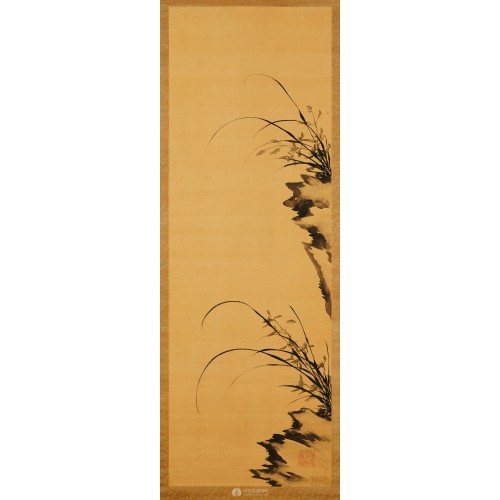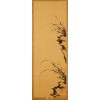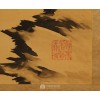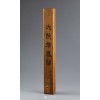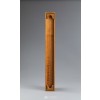본문
조선의 마지막 왕 고종의 아버지인 흥선대원군 이하응(李昰應, 18211898)이 그의 제자인 소호(小湖 金應元, 18551921)에게 그려준 수묵 석란도입니다. 일본의 화가 오코마토 다로(岡本太郎, 1911~1996)가 소장하고 있던 작품입니다.
난초는 매화, 대나무, 국화와 함께 사군자의 하나로 군자의 고결한 기상을 상징하며, 바위는 오랜 세월을 두고 변치 않아 장수를 의미합니다. 화폭의 오른쪽 아래에는 '호화간도반개시(好華看道半開時)'라는 낙관이 찍혀 있습니다.
━━━━━
这是朝鲜末代皇帝高宗的父亲兴宣大院君李昰应(1821~1898年)给他的弟子小湖(金应元,1855~1921年)画的水墨石兰图,被日本画家冈本太郎(1911~1996年)收藏。
兰花与梅花、竹子、菊花一起,作为四君子之一,象征君子高洁的气质,岩石经年累月不变,寓意长寿。 画幅的右下方印有"好华看道半开时"的落款。
━━━━━
This is a painting by Lee Ha-eung (1821-1898), the father of King Gojong, the last king of Joseon. It was given to Lee Ha-eung's disciple Soho (1855-1921) and later possessed by Japanese painter Okomato Taro (1911-1996). Along with plum blossoms, bamboo, and chrysanthemums, an orchid is one of the Four Gracious Plants, symbolizing the noble spirit of the prince. The rock indicates longevity with its unchanging essence. In the lower right corner of the canvas is inscribed a mark reading Hohwagandobangaesi.
